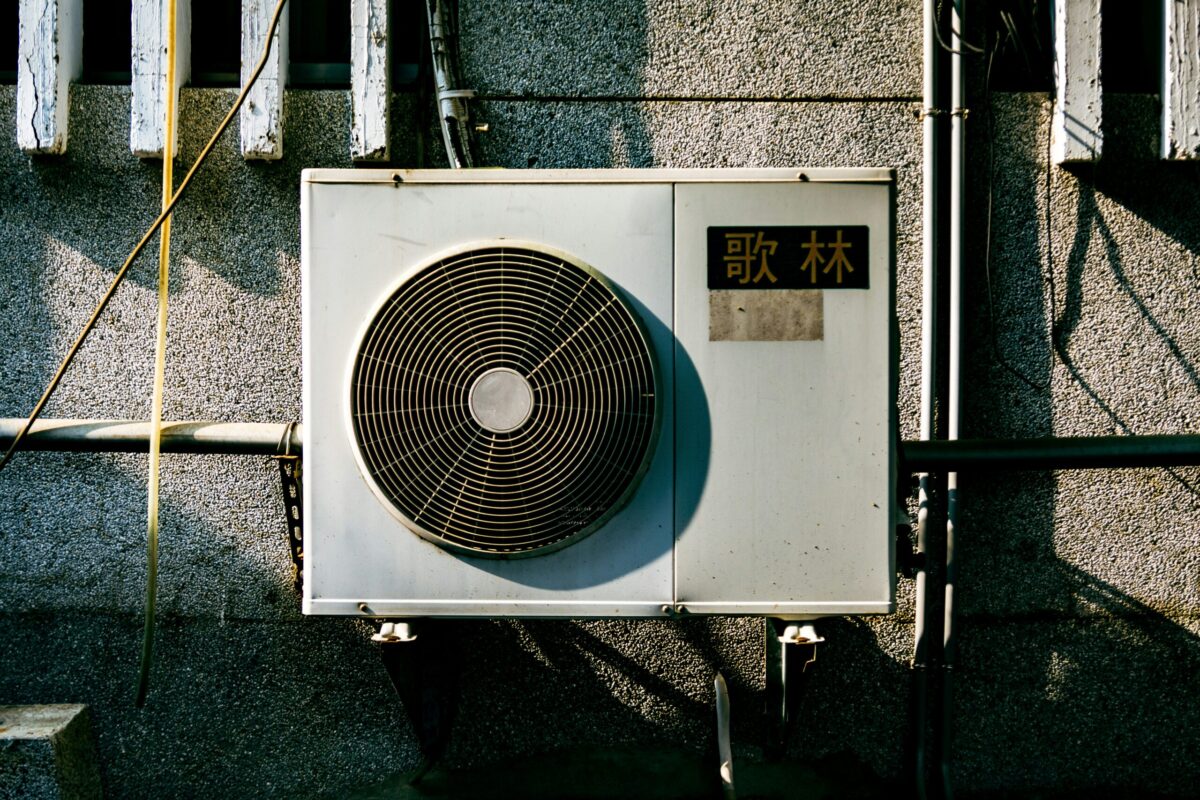A group of researchers led by the University of Toronto in Canada has fabricated an all-perovskite tandem solar cell with a wide-band-gap bottom cell based on tin-lead (Pb-Sn) perovskite with a limited amount of passivating defects and reduced interface recombination.
“Our work presents an effective strategy to improve the durability of this new photovoltaic technology, accelerating the practical application and commercialization of perovskite solar cells,” the research's corresponding author, Chongwen Li, told pv magazine.
“Our group has made great strides toward making pure-lead perovskites a viable green power source,” co-author Ted Sargent said. “Li’s method is conceptually different, however, than past studies. This investigation used diamine chelation chemistry targeting tin-containing perovskite, where a metal ion forms a stable bond with a molecule that has two nitrogen atoms holding the metal in place. The method is new to the field of perovskite solar cells.”
“While previous work from Sargent’s group has tried to lessen perovskite surface defects, this time we created partially non-conductive and non-functional areas that protect the perovskite area underneath from becoming defective,” Li added. “We used a new chemical method to improve the perovskite solar cell’s surface. By adding diamine to the surface, we removed extra tin and adjusted the tin-to-lead ratio to be more balanced. The diamine also created a stable barrier layer that helps protect the surface from atmospheric oxygen and heat.”
The research team built the tandem device wit a substrate made of glass and indium tin oxide (ITO), a hole transport layer (HTL) made of nickel(II) oxide (NiOx) and phosphonic acid called methyl-substituted carbazole (Me-4PACz), a wide-bandgap perovskite absorber treated with 1,2-diaminopropane (DAP), an electron transport layer (ETL) based on buckminsterfullerene (C60), a gold (AU) metal contact, a PEDOT-PSS layer, a low bandgap perovskite absorber, another ETL made of C60, a tin oxide (SnO2) buffer layer, and a metal electrode.
“The chelate barrier layer induces a more n-type doped perovskite film surface with the work function upshifted from around 4.81 eV to approximately 4.45 eV, and this we expect should facilitate electron extraction and reduce interface non-radiative recombination, resulting in improved open-circuit voltage,” the scientists explained.
The performance of the DAP-treated tandem cell was tested under standard illumination conditions and was found to achieve an efficiency of 28.83%, an open-circuit voltage of 2.19 V, a short-circuit current density of 15.59 mA/cm2, and a fill factor of 83.4%. Furthermore, it was able to retain over 90% of its original efficiency after 1,000 h of operating at the maximum power point under simulated one-sun illumination in air without cooling.
“Our diamine chelation strategy effectively suppresses the oxidation and prolongs operational stability. This is because diamine chelation forms high-resistive barriers, similar to the passivated emitter rear contact structure used in silicon solar cells,” co-author Lei Chen concluded. “These high-resistive barriers provide a novel and effective passivation mechanism for stabilizing and perfecting mixed tin-lead and all-perovskite tandem solar cells, moving this technology closer to commercialization.”
The novel approach was presented in the paper “Diamine chelates for increased stability in mixed Sn–Pb and all-perovskite tandem solar cells,” which was recently published in nature energy. The research group also included academics from the University of Toledo, the University of Washington, the Lawrence Berkeley National Laboratory, the Georgia Institute of Technology, and the University of Massachusetts Amherst in the United States, as well as from Saudi Arabia's King Abdullah University of Science and Technology (KAUST) and Japan's Tohoku University.
This content is protected by copyright and may not be reused. If you want to cooperate with us and would like to reuse some of our content, please contact: editors@pv-magazine.com.




By submitting this form you agree to pv magazine using your data for the purposes of publishing your comment.
Your personal data will only be disclosed or otherwise transmitted to third parties for the purposes of spam filtering or if this is necessary for technical maintenance of the website. Any other transfer to third parties will not take place unless this is justified on the basis of applicable data protection regulations or if pv magazine is legally obliged to do so.
You may revoke this consent at any time with effect for the future, in which case your personal data will be deleted immediately. Otherwise, your data will be deleted if pv magazine has processed your request or the purpose of data storage is fulfilled.
Further information on data privacy can be found in our Data Protection Policy.